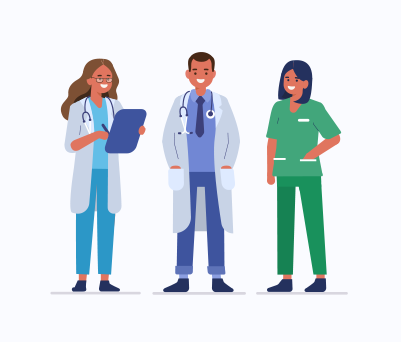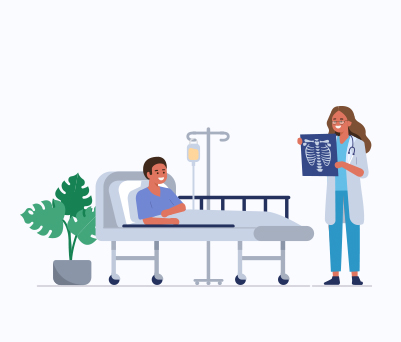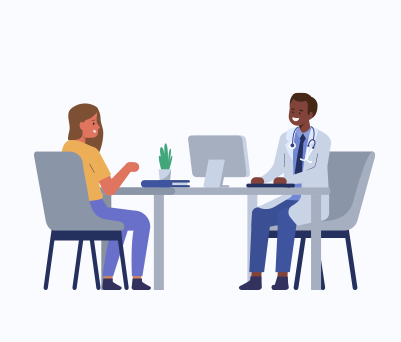Does the thought of having small needles stuck into your body seem like anything but pain treatment? Acupuncture is an ancient method for reducing pain and stimulating healing. Though many people may initially say it is not effective or beneficial, it can be to those suffering from chronic pain. When you come in to see our doctors, our goal is to help you understand what options may help to reduce the pain you feel. Acupuncture could be the solution you need.
Does Acupuncture Really Work?
In New York City acupuncture is available from our team of professionals. When you come in to see us, we’ll talk about how acupuncture works and why it does. The fact is, this traditional form of pain management is effective and it does result in an improvement to your body’s function and healing. How much of an improvement occurs depends on the severity of the condition as well as the type and frequency of acupuncture. If you’ve thought about getting this type of treatment but have not taken the step to do so, now may be the ideal time to try it. It may be exactly what you need to reduce your pain and inflammation while stimulating healing throughout your body.
Acupuncture Doesn’t Have to Be Confusing
Our team offers acupuncture for a variety of patients facing numerous types of pain. Below, you’ll learn more about how it works and why, but your first step is to understand that this is a holistic approach to healing and pain relief that may help you to overcome your dependency on medications. It may give you pain relief even if you haven’t been able to have that type of relief from surgeries or injections. Turn to your NYC pain management team to discuss all of the options available to you.
Acupuncture may be recommended by our staff as part of yourinterventional treatment plan at Rehabilitation Medicine Center of New York. Acupuncture can help relieve pain and symptoms in different parts of your body, such as your neck, back, shoulders, knees, arms, legs, and ankles. When pain is under control, you enjoy greater benefits from physical therapy.
About Acupuncture
Acupuncture originated thousands of years ago in China. It is part of a broad range of Asian treatments typically grouped with Traditional Chinese Medicine (TCM). Besides acupuncture, TCM includes herbal medicines, foods, massage (Tui Na), and exercise.
Acupuncture involves inserting fine sterile metal needles into one or more acupuncture points. The needles are single-use and FDA-approved. Treatment is not painful. However, you may feel sensations as the needles are inserted or manipulated.
- Japanese acupuncture is similar to Chinese acupuncture; except:
- The needles are shorter and finer.
- Needles are guided into position using a metal or plastic sleeve.
- Electro-acupuncture delivers mild electrical impulses through the needles to stimulate the nervous system to produce endorphins; your body’s natural pain reliever.
- Moxibustion involves burning mugwort, a medicinal herb over the acupuncture point before or after needles are inserted. It is believed mugwort enhances the body’s circulation and flow of Qi.
- Tui Na is Chinese massage.
Acupuncture theorizes:
- Qi flows through Channels; each Channel corresponds to an aspect of physical and mental health.
- All body sensations and functions are interrelated. When discord, disease or trauma occurs, symptoms may affect another part of the body that shares a Meridian or Channel.
Acupuncture can:
- Restore the flow of Qi (chee, energy force)
- Help the body to heal itself
- Stimulate endorphin production; an endorphin is the body’s natural pain reliever.
Meridians and Channels
Long ago Chinese holistic practitioners charted the human body. They marked 365 acupuncture points called Meridians that fall along 12 Channels. Qi (chee), the body’s energy force, flows through Meridians and Channels. In addition, there are more than a thousand other acupuncture points on the hands, ears and scalp!
Qi, Yin and Yang
Chinese medicine looks at the cause of pain differently. Acupuncturists view the body as a whole; health is influenced by the flow of Qi and aspects of the universe. Yin and Yang represent opposites such as hot and cold or sour and sweet. Each of the 12 Channels has a Yin and Yang component and is related to one of the Five Elements. Many acupuncturists rely on the diagnostic importance of theFive Elements; fire, earth, metal, water, and wood. The Elements relate to aspects of how your body works within the universe.













